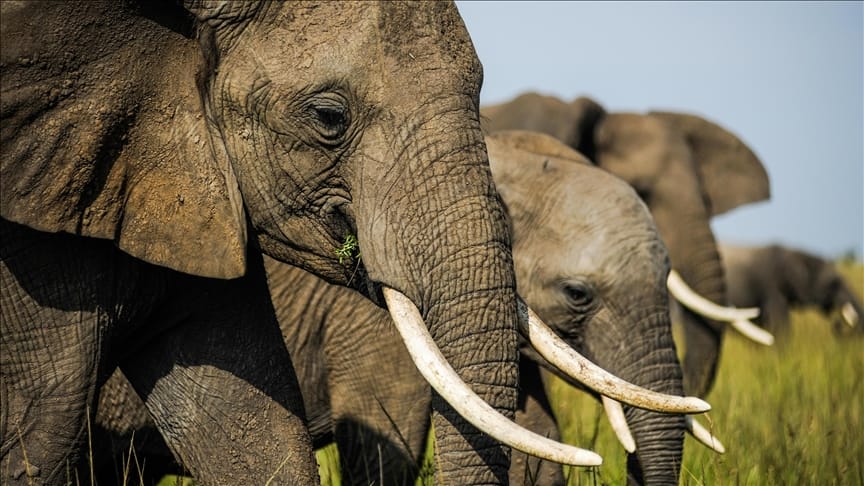Across Kenya’s Amboseli region, a quiet revolution is taking place in the skies. Farmers once desperate to protect their crops from elephants are now using drones to peacefully guide the animals back to wildlife reserves.
For decades, farmers in areas like Kajiado and Kimana have battled nightly raids as elephants trampled through fields of maize and tomatoes. These encounters often ended with destroyed crops and, at times, deadly clashes.
Now, conservation organizations such as the Big Life Foundation are using drones fitted with thermal cameras to track elephant herds in real time. When elephants approach farmlands, alerts are sent to nearby farmers and rangers, who deploy the buzzing aircraft to gently steer the herds away.
“The sound alone makes them turn back,” said ranger David Ntinina, explaining that the drone’s hum mimics the buzz of bees — a noise elephants naturally avoid. “It’s safe for both people and animals.”
Farmers say the technology has drastically reduced losses. “Before, we spent nights shouting and lighting fires,” said Maasai farmer Lekato Saitoti. “Now, the drones do the work in minutes.”
Kenya’s elephant population, now estimated at more than 36,000, is growing after years of conservation success. But shrinking habitats and drought have increased contact between people and wildlife. The drone initiative offers a promising way to prevent violence and ensure coexistence.
Still, challenges remain — drones are costly, and many rural areas lack trained operators. Conservationists are exploring community-owned models and solar-powered charging to make the system more accessible.
For now, the results speak for themselves: fewer destroyed farms, fewer injured elephants, and a growing sense of cooperation between people and nature.



